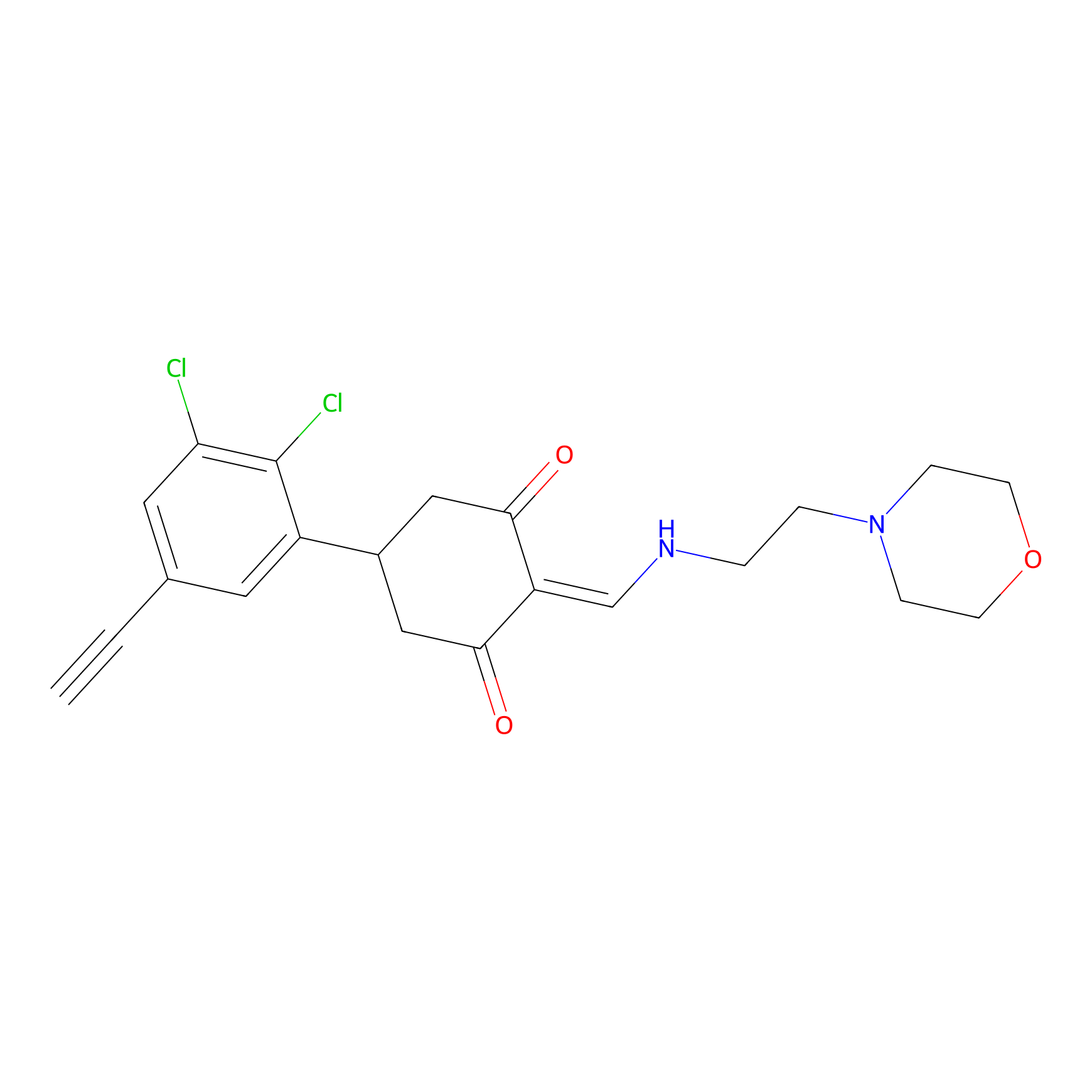Details of the Target
General Information of Target
Probe(s) Labeling This Target
ABPP Probe
| Probe name | Structure | Binding Site(Ratio) | Interaction ID | Ref | |
|---|---|---|---|---|---|
|
D5yne Probe Info |
 |
1.65 | LDD0055 | [1] | |
|
Acrolein Probe Info |
 |
H47(0.00); H36(0.00) | LDD0221 | [2] | |
Competitor(s) Related to This Target
The Interaction Atlas With This Target
The Protein(s) Related To This Target
Enzyme
Transporter and channel
GPCR
Immunoglobulin
| Protein name | Family | Uniprot ID | |||
|---|---|---|---|---|---|
| Killer cell immunoglobulin-like receptor 2DL3 (KIR2DL3) | Immunoglobulin superfamily | P43628 | |||
Other
References
